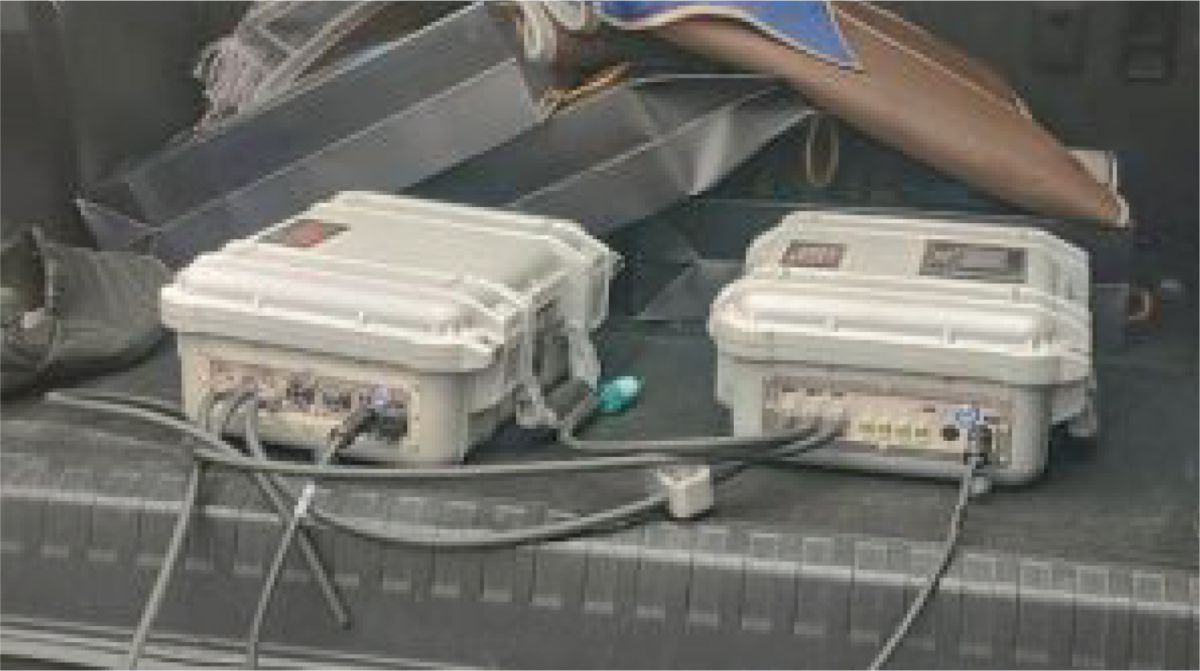News Coverage
Broadcast Videos
News Articles
Program Overview
3DATX recently tested real-world emissions from 103 passenger cars in Nigeria during a 5-day demonstration project for its Nigerian Decarbonization Control Program. Each vehicle underwent a controlled low idle and an on-road driving test, during which the emissions were measured by the parSYNC FLEX. The project demonstrated that periodic emissions testing is possible in Nigeria, and early results indicate that there are many high emitters on Nigerian roads which a PTI program would help to identify. The next steps in the project will be to expand the testing and build a results database to help inform policymakers.
Downloads
Current
Introducing the parSYNC® FLEX
(iPEMS) for Carbon Emission
Measurement & Testing
Date: October 12, 2023
Abstract
This presentation covers:
- Motivation for evidence-based emissions control and decarbonization in Nigeria
- parSYNC FLEX iPEMS – features and operation
- Design of an emissions test program for Nigeria
- Results from Phase-1 where 103 vehicles were measured in Abuja
- Results of emissions reductions from replacing 3-way catalyst on two vehicles
Preliminary Results: 3DATX-Africa Demonstration Project
Date: September 28, 2023
Abstract
This presentation introduces a roadside vehicle testing project undertaken in Abuja, Nigeria to demonstrate the potential for a Nigerian Decarbonization Control Program to tackle carbon emissions and improve air quality. The test protocol followed by each vehicle is given, as well as an overview of characteristics of the tested vehicle fleet, including discussion of the success rate of OBD data acquisition. The correlations between mass emissions and concentration values for different pollutants are studied, before the plan for the data processing program to be used on scale-up of this program, and next steps for the program, are outlined.



